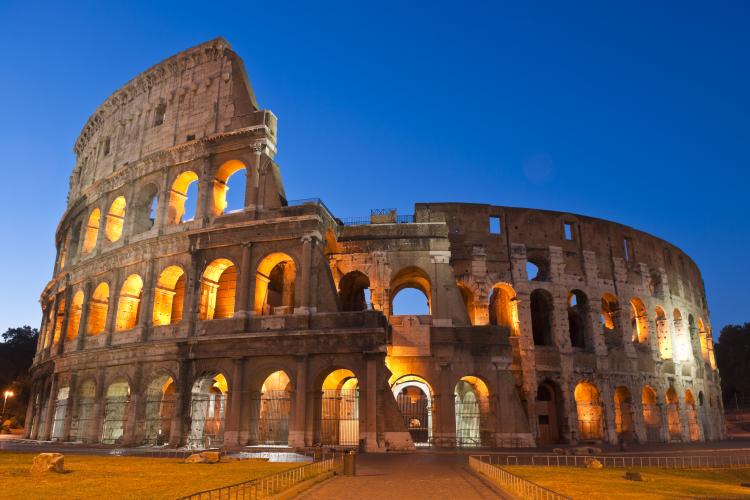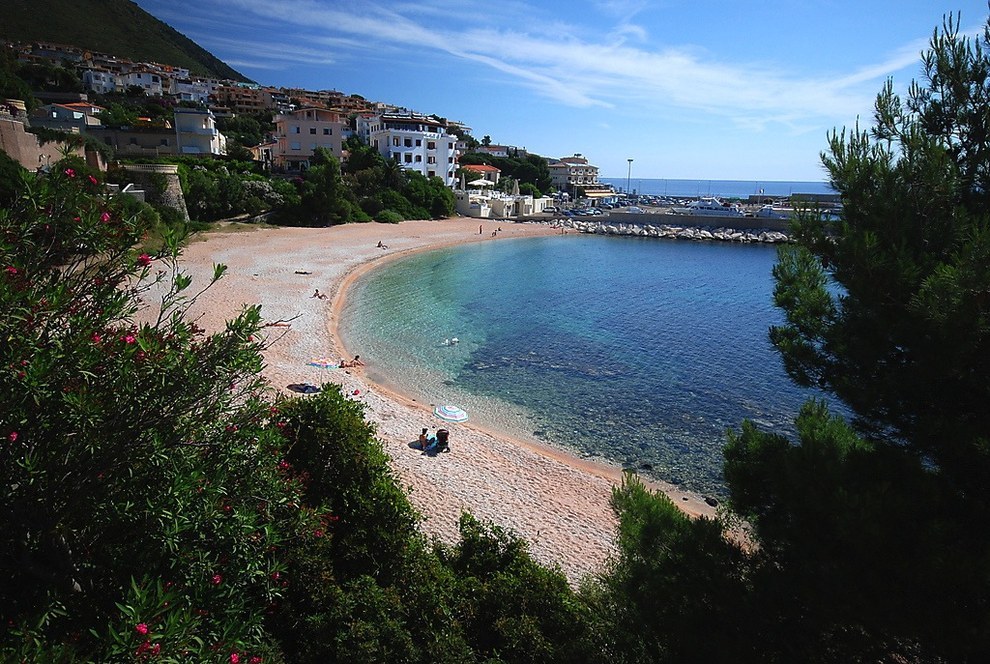Italy
Italy, slightly larger than Arizona, is a long peninsula shaped like a boot, surrounded on the west by the Tyrrhenian Sea and on the east by the Adriatic. It is bounded by France, Switzerland, Austria, and Slovenia to the north. The Apennine Mountains form the peninsula's backbone; the Alps form its northern boundary. The largest of its many northern lakes is Garda (143 sq mi; 370 sq km); the Po, its principal river, flows from the Alps on Italy's western border and crosses the Lombard plain to the Adriatic Sea. Several islands form part of Italy; the largest are Sicily (9,926 sq mi; 25,708 sq km) and Sardinia (9,301 sq mi; 24,090 sq km).
History
The migrations of Indo-European peoples into Italy probably began about 2000 B.C. and continued until 1000 B.C. From about the 9th century B.C. until it was overthrown by the Romans in the 3rd century B.C. , the Etruscan civilization was dominant. By 264 B.C. , all Italy south of Cisalpine Gaul was under the leadership of Rome. For the next seven centuries, until the barbarian invasions destroyed the western Roman Empire in the 4th and 5th centuries A.D. , the history of Italy is largely the history of Rome. From 800 on, the Holy Roman Emperors, Roman Catholic popes, Normans, and Saracens all vied for control over various segments of the Italian peninsula. Numerous city-states, such as Venice and Genoa, whose political and commercial rivalries were intense, and many small principalities flourished in the late Middle Ages. Although Italy remained politically fragmented for centuries, it became the cultural center of the Western world from the 13th to the 16th century.
Leaning Tower of Pisa



 The Colosseum in Rome is one of the most famous Roman ruins.
The Colosseum in Rome is one of the most famous Roman ruins.



























No comments:
Post a Comment